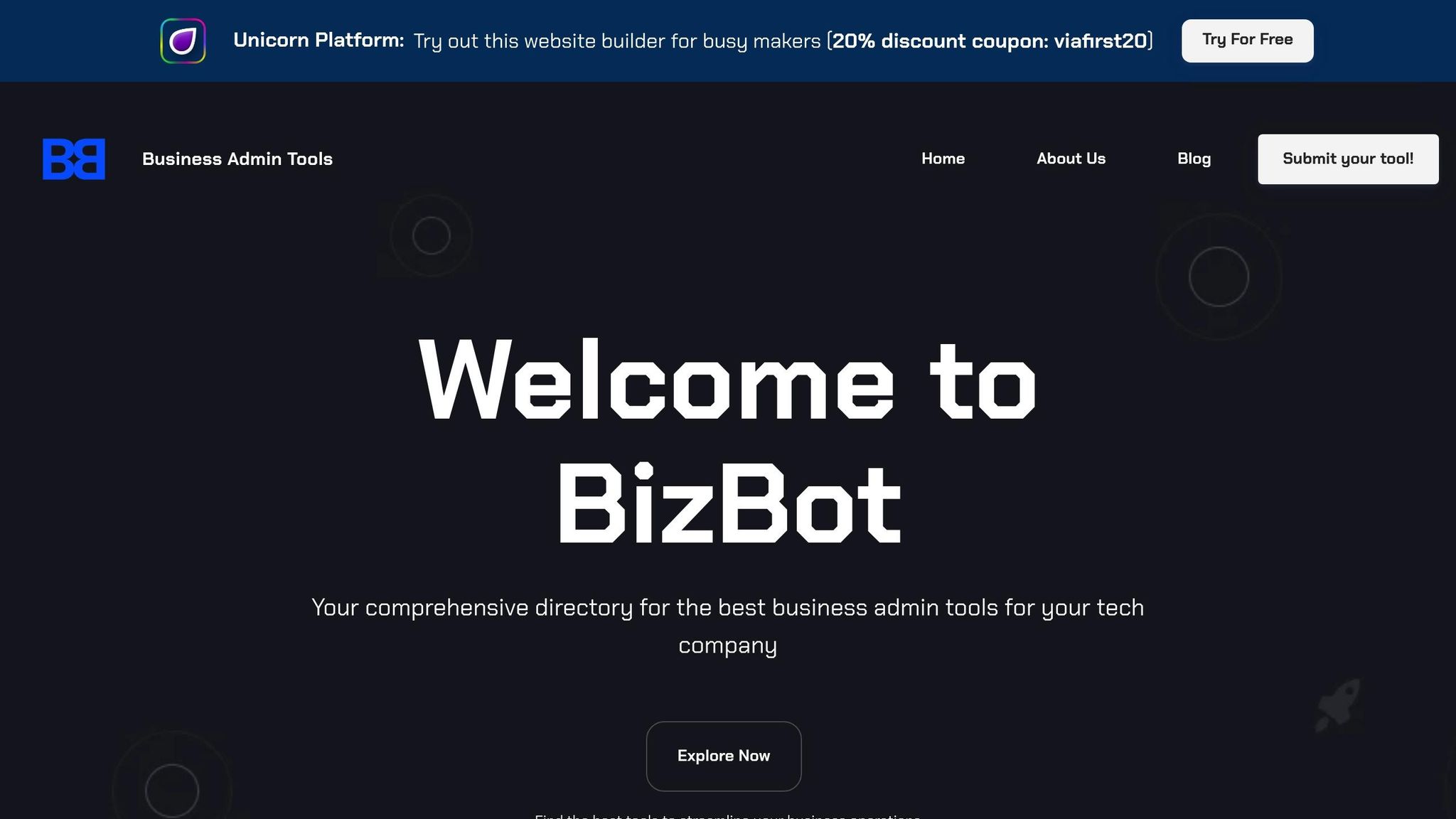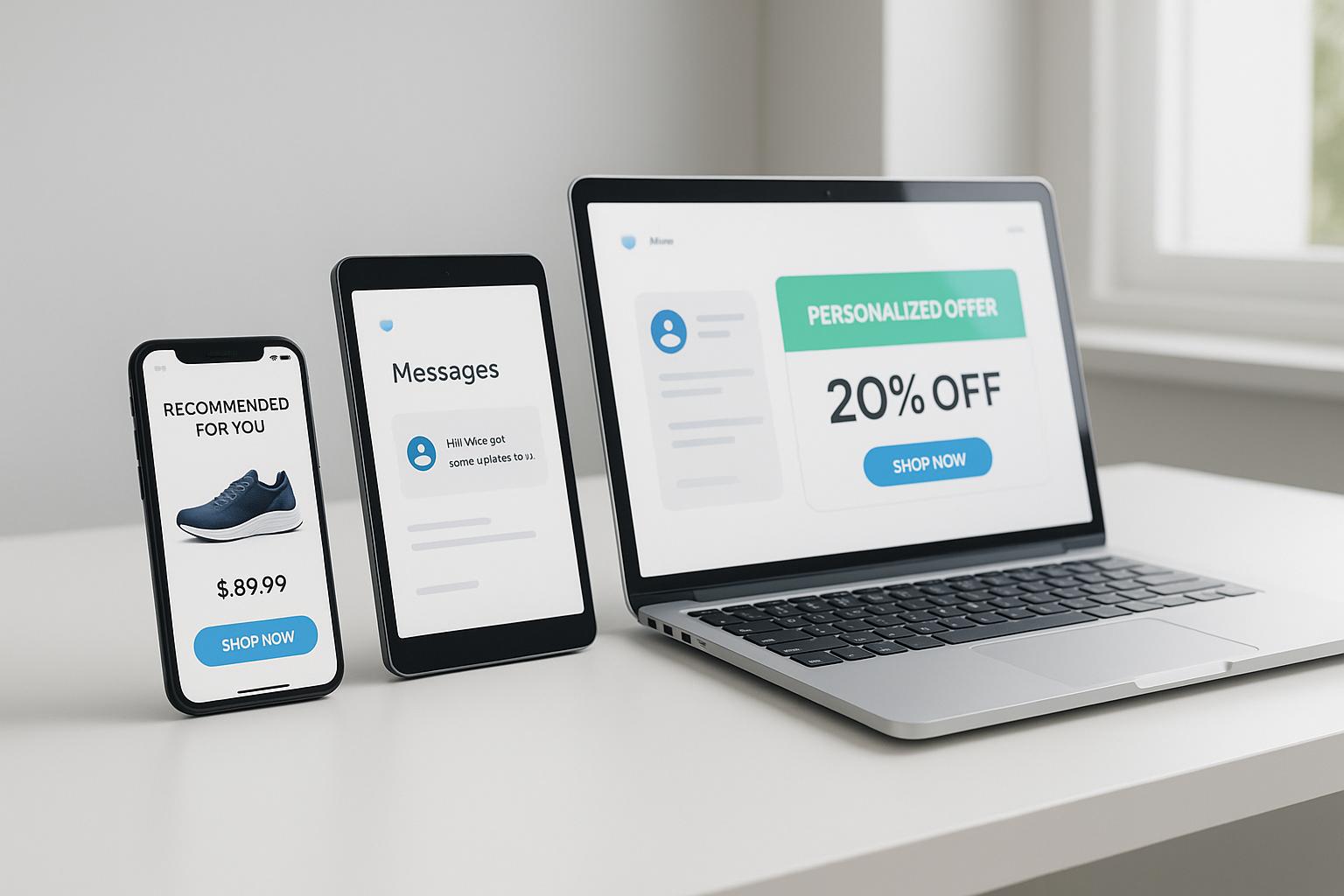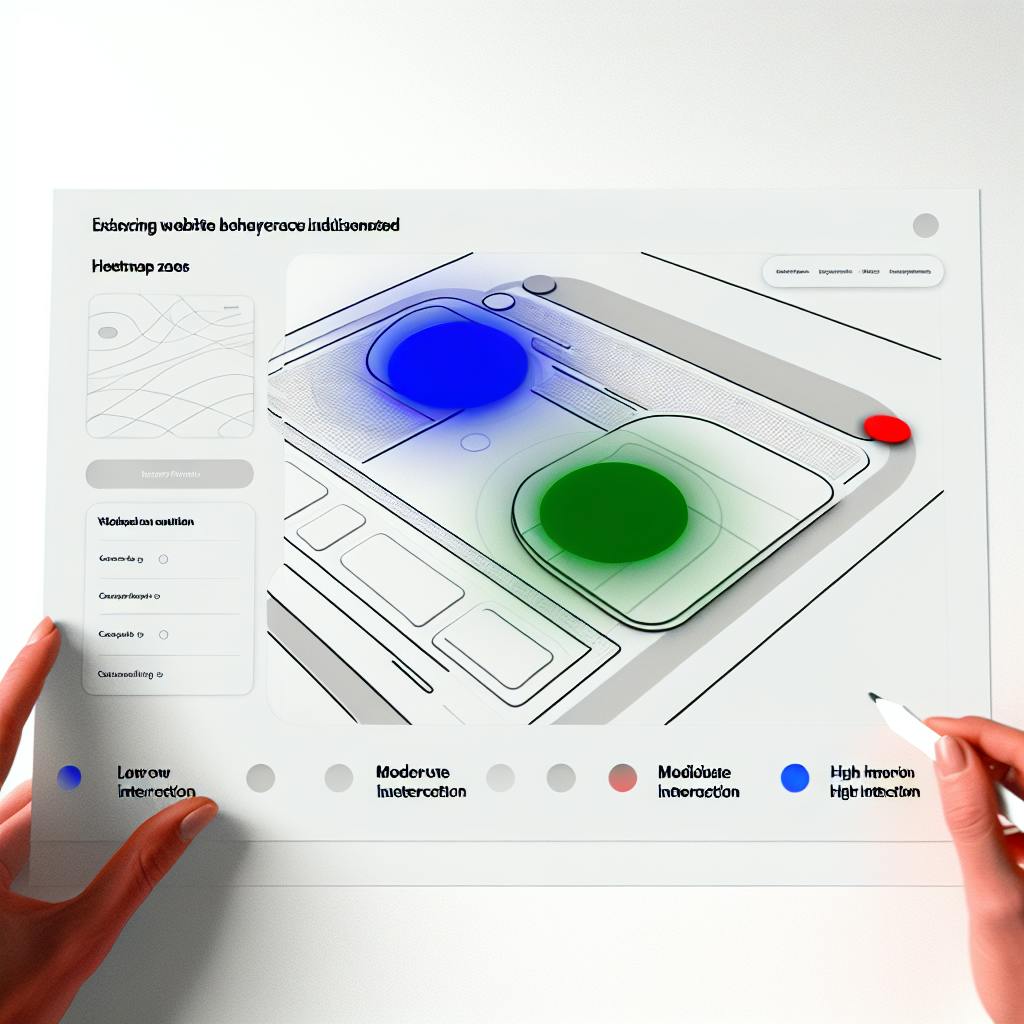Social media isn't just for connecting with friends anymore - it's now a major sales driver for e-commerce businesses. By linking your online store with platforms like Instagram, TikTok, and Pinterest, you can make shopping easier and reach customers where they already spend time. Here's what you need to know:
- What it is: Social media integration connects your e-commerce site with social platforms, enabling features like in-app purchases, product tagging, and social sign-ins.
- Why it matters: In the U.S., 54% of social media users research products on these platforms, and 80% are influenced by friends' posts when making buying decisions.
- Benefits: Boost engagement, increase sales, and gather valuable customer insights while simplifying the shopping process.
- Top platforms: Instagram and Facebook Shopping dominate, TikTok drives impulse buys, Pinterest inspires shoppers, and YouTube helps with detailed product demos.
- Techniques: Add shoppable posts, embed social feeds, and use live shopping or user-generated content to build trust and drive sales.
Social media integration is reshaping online shopping, making it easier for businesses to connect with customers and grow their sales.
How To Use the E-Commerce Shop Feature on Social Media
Social Media Integration Techniques
Blending social media with your e-commerce site can make it easier for customers to discover your products and complete purchases. These techniques help connect the dots between browsing on social platforms and making a transaction, creating a smoother path for customer engagement. Plus, they’ll set the stage for choosing the best social media platforms in the next section.
Adding Social Media Feeds to Your Website
Embedding live social media feeds on your site brings a dynamic touch that keeps your content fresh while boosting trust with visitors. Real-time posts - like customer testimonials, product highlights, or behind-the-scenes glimpses - can make your site feel more alive without constant manual updates. Strategically placing these feeds on key pages, such as your homepage or product pages, can enhance credibility and provide social proof. To make the most impact, focus on showcasing posts that align with your brand’s image and reinforce your sales message.
Adding Social Sharing Buttons
Social sharing buttons are a small yet effective way to amplify your brand’s reach. By placing these buttons on product pages, blog posts, or even order confirmation pages, you invite your customers to share your products with their networks. For visually appealing items, platforms like Pinterest and Instagram work wonders, while LinkedIn or Twitter might suit tech or B2B products better. Don’t forget about mobile users - make the buttons easy to tap and clearly visible. Tracking the activity on these shares can provide valuable insights to refine your marketing efforts.
Social Sign-in Options
Social sign-in options simplify the registration process by letting customers log in using their existing social media accounts. This convenience can significantly boost mobile conversions by cutting down on tedious data entry. It’s a win-win: customers experience fewer barriers, and businesses benefit from higher conversion rates, reduced cart abandonment, and more accurate user data for personalization . To implement this feature effectively, prioritize popular providers like Google and Facebook, and consider options like Apple Sign-In for iOS users or LinkedIn for B2B audiences. Display these sign-in buttons prominently on login and registration pages, using recognizable icons and clear calls to action for maximum visibility.
Best Social Media Platforms for E-commerce Integration
Picking the right social media platforms for your e-commerce business is crucial. Each platform offers unique tools and attracts specific audiences, helping you decide where to focus your efforts.
Facebook and Instagram Shopping
Facebook and Instagram dominate the social commerce space, with Facebook projected to have 64.6 million social commerce buyers this year. Since both platforms are owned by Meta, they integrate smoothly, allowing you to manage your product catalog across both from a single dashboard.
Instagram Shopping is perfect for showcasing visually appealing products, especially for Gen Z shoppers, with 71% indicating a preference for the platform. Features like shopping tags let users tap on products in posts and stories to view prices and details. To set up Instagram Shopping, you’ll need to connect your business account to a Facebook catalog and enable shopping features directly in Instagram's settings.
Facebook Shops, on the other hand, allows users to browse your entire product catalog without leaving the platform. To succeed here, focus on high-quality product images, concise and clear product descriptions, and a mix of organic posts and targeted ads. Facebook's advanced targeting tools allow you to reach audiences based on interests, behaviors, and even lookalike profiles.
Next, let’s look at how TikTok and Pinterest are driving impulse buying with their interactive features.
TikTok Shop and Pinterest Shopping
TikTok Shop has quickly become a powerhouse in social commerce, with projected U.S. sales of $17.5 billion. Its strength lies in driving impulse purchases through viral trends, as seen with the hashtag #TikTokMadeMeBuyIt, which has over 50 billion views.
One standout feature is TikTok's Live Shopping, which has been shown to increase conversion rates by 28% during live streams. Brands that thrive on TikTok often prioritize authentic, entertaining content instead of overly polished ads, tapping into the platform’s preference for creativity and trend-driven engagement.
Pinterest Shopping, on the other hand, is all about discovery and inspiration. A staggering 85% of weekly Pinterest users have purchased something they saw on the platform. Features like Product Rich Pins, which automatically sync pricing and availability from your website, and Shopping Spotlights, which allow you to tag multiple products in a single pin, make Pinterest especially effective for businesses in home improvement, fashion, wedding planning, and even recipe-related niches.
For businesses looking to educate their audience while building trust, YouTube offers a different kind of e-commerce opportunity.
YouTube Shopping Integration
YouTube combines education and commerce, making it ideal for products that require detailed explanations or demonstrations. In 2025, YouTube introduced AI-assisted product tagging, which automatically detects products in videos and suggests monetization tags, simplifying the process for creators and businesses.
The platform is particularly effective for showcasing tech gadgets, beauty products, home improvement tools, and even educational courses. YouTube's long-form format allows you to create in-depth content that not only informs but also converts viewers into customers.
Live streaming on YouTube offers unique opportunities for product launches and Q&A sessions, creating urgency with limited-time offers. Plus, YouTube videos have staying power, continuing to generate views and sales long after they’re published, making it a smart long-term investment for businesses focused on creating quality content.
sbb-itb-d1a6c90
Improving Customer Engagement Through Social Media Integration
Building meaningful relationships with your audience becomes much easier when you integrate social media features effectively. These strategies not only enhance engagement but also transform those interactions into measurable sales.
Using User-Generated Content
User-generated content (UGC) is a game-changer when it comes to building trust. When customers share real photos or leave reviews, it creates a sense of authenticity and social proof that’s hard to replicate.
How to encourage UGC: Start by making it simple and rewarding for your customers to share their experiences. Introduce branded hashtags and offer incentives like discounts or contest entries. The goal is to make sharing feel effortless and fun, not like a chore.
Showcasing UGC strategically: Highlight customer photos on your product pages, feature reviews in your Instagram or Facebook stories, or even create a dedicated gallery on your website. This approach not only keeps your content fresh but also gives potential buyers a glimpse of how your products work in real-life scenarios.
The authenticity of UGC builds trust and influences purchasing decisions. You can take this same sense of connection to the next level with live shopping events, which offer real-time interaction.
Live Shopping Events
Live shopping combines the excitement of live television with the interactivity of social media, creating an engaging experience that drives immediate sales while fostering a sense of community around your brand.
Planning for success: Schedule your live events during times when your audience is most active. Build anticipation by promoting the event across your social media channels at least a week in advance. During the event, use real-time polls, respond to audience comments, and offer exclusive, time-sensitive deals to drive participation.
Interactive features that boost engagement: Use live product tagging so viewers can purchase items directly during the stream. Incorporate polls to let your audience vote on product choices, and create urgency with flash sales, limited-time discounts, or countdown timers. These tactics tap into the fear of missing out (FOMO), a powerful motivator for live shopping.
With the right mix of preparation and interactive elements, live shopping can turn viewers into buyers while building a loyal community around your brand.
AI-Powered Personalization
Taking engagement a step further, artificial intelligence (AI) allows businesses to deliver highly personalized experiences at scale, treating every customer like they’re your only customer - even when you’re serving thousands.
Smart product recommendations: AI analyzes customer behavior, purchase history, and browsing habits to suggest products they’re most likely to buy. These recommendations can show up on your website, in email campaigns, or even as targeted social media ads. The trick is to make these suggestions feel helpful, not pushy.
Tailored content delivery: With AI, you can customize what each user sees based on their preferences. For example, returning customers might see new arrivals in their favorite category, while first-time visitors are shown your best-sellers. On social media, AI can even determine the best times to post for optimal engagement with specific audience groups.
Behavioral targeting for better timing: AI doesn’t just react to customer behavior - it predicts it. By analyzing browsing patterns, social media activity, and purchase history, AI can identify when someone is likely ready to buy or interested in a specific product. This allows you to deliver the right message at just the right moment, significantly improving your chances of conversion.
Tools and Resources for Social Media Integration
Using the right tools can simplify social media management and improve your results. With so many options out there, it’s important to choose tools that fit your e-commerce strategy and work seamlessly with your existing processes. These tools can help you build on earlier social media techniques and make your operations even smoother.
Social Media Management Tools
Here are some tools designed to make managing your social media presence more efficient:
- Hootsuite: This platform lets you manage multiple social accounts from a single dashboard. You can schedule posts, track engagement analytics, and even upload posts in bulk. It’s especially handy for e-commerce businesses running seasonal promotions or product launches.
- Smash Balloon: Perfect for embedding social media feeds directly on your website, this tool integrates with WooCommerce to display shoppable Instagram posts on product pages. It’s a great way to keep your site updated with fresh social proof.
- Sprinklr: Ideal for larger e-commerce operations, Sprinklr combines social media management with customer service. It allows businesses to handle customer inquiries and complaints across multiple social platforms. Plus, its AI-powered sentiment analysis helps identify and resolve issues early.
- Canva: Canva’s business plans include ready-made templates for e-commerce posts and a Brand Kit feature to ensure visual consistency. This makes it easy for your team to use the correct logos, colors, and fonts across all platforms.
- Buffer: By analyzing audience data, Buffer identifies the best times to post and tracks which content drives traffic and conversions. This allows you to refine your content strategy based on real performance data.
Finding Business Tools with BizBot

In addition to social media tools, you might need broader solutions to manage your business effectively. That’s where BizBot (https://bizbot.com) comes in. It’s a directory of business tools, offering everything from accounting software and HR solutions to legal services and management tools like board management and shareholder registers.
BizBot focuses on user-friendly tools designed for freelancers, small business owners, and growing companies. It also includes features like subscription management to help control expenses, digital CFO services, and simple accounting and ownership management tools. These resources can help you scale your business and integrate social media strategies into your overall operations more seamlessly.
Conclusion and Future Trends
Key Points for Social Media Integration
Integrating social media into e-commerce has become a must for thriving in today’s market. The best results come from combining multiple strategies rather than sticking to just one platform or tactic. For instance, embedding social media feeds on your site keeps your content dynamic and builds trust with visitors. Adding social sharing buttons can help your audience spread the word about your products, boosting your reach naturally. Meanwhile, offering social sign-in options simplifies the shopping process, making it easier for customers to complete purchases and reducing cart abandonment.
Platforms like Facebook and Instagram Shopping continue to lead the way, offering rich product catalogs and smooth checkout processes. TikTok Shop and Pinterest Shopping are quickly gaining ground, especially with younger shoppers, while YouTube Shopping provides an excellent space for product demos and longer-form content.
Using user-generated content and hosting live shopping events are excellent ways to connect with your audience on a more personal level while driving immediate sales. To succeed, it’s essential to maintain a consistent presence across platforms while tailoring your content to fit the unique preferences of each audience.
These strategies are not static - they’re evolving alongside emerging trends that could reshape the future of social commerce.
Future Trends in Social Commerce
The future of social commerce is looking more interactive and personalized than ever. Augmented reality (AR) is revolutionizing online shopping by enabling customers to virtually try on products before buying. This technology gives shoppers a clearer sense of what to expect, which can lead to higher satisfaction and fewer returns.
Conversational commerce is also gaining traction in the U.S. market. More brands are turning to chatbots and direct messaging on platforms like Instagram and Facebook to provide instant customer service, recommend products, and even close sales. This trend toward real-time, personalized communication is only expected to grow as businesses seek to create deeper connections with their customers.
Micro-influencers are becoming a game-changer for e-commerce brands. These smaller-scale influencers often generate higher engagement rates than big-name endorsements, offering a more relatable and authentic connection with their followers. For brands, this translates to better engagement and a stronger return on investment.
Artificial intelligence is set to play an even bigger role in social commerce. AI-driven tools can analyze browsing habits, social interactions, and purchase histories to deliver highly personalized product recommendations. This level of precision helps businesses connect with the right customers at exactly the right time, improving both the shopping experience and sales performance.
FAQs
What are the best ways to measure the impact of social media on my e-commerce sales?
To understand how social media impacts your e-commerce sales, keep an eye on essential metrics like click-through rate (CTR), conversion rate, average order value (AOV), and return on ad spend (ROAS). These KPIs provide valuable insights into how your social media strategies influence customer actions and drive sales.
You should also track engagement rates, social share of voice, and customer satisfaction to gauge your brand's visibility and the success of your campaigns. By combining these metrics with attribution models, you can get a more detailed view of how social media contributes to revenue growth and enhances overall performance.
What challenges do businesses face when integrating social media with e-commerce, and how can they address them?
Integrating social media with e-commerce isn't always a smooth ride. Businesses often face obstacles like platform compatibility issues, data synchronization hiccups, and difficulties in measuring the impact of social media efforts - especially in the wake of privacy updates like those introduced on iOS. These challenges can complicate operations and make it tough to gauge success effectively.
To tackle these issues, businesses can turn to integrated tools and APIs that seamlessly link social media platforms with e-commerce systems. This ensures smoother data flow and more efficient management. On top of that, focusing on mobile optimization and using advanced analytics can provide clearer insights into performance, helping businesses refine their strategies to boost engagement and drive sales.
How can I select the best social media platform to boost my e-commerce engagement and sales?
Choosing the right social media platform for your e-commerce business starts with knowing where your audience spends their time online. Platforms like Facebook, Instagram, TikTok, and Pinterest stand out because of their visual appeal and shopping-friendly features, making them ideal for sparking interest and driving sales. For instance, Instagram and TikTok are perfect for showcasing products through eye-catching visuals and videos, while Pinterest shines when it comes to inspiring purchase decisions with its catalog-like format.
Your business goals should also guide your platform choice. If you're aiming to connect with professionals or focus on B2B relationships, LinkedIn might be the way to go. On the other hand, direct-to-consumer brands can benefit from platforms offering built-in shopping tools, such as Facebook Shops or TikTok Shop, which streamline the buying process and encourage quick purchases. The key is to pick platforms that complement your content strategy and match your resources, ensuring you can engage consistently and effectively.


